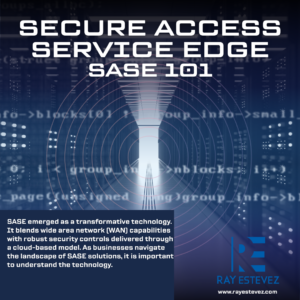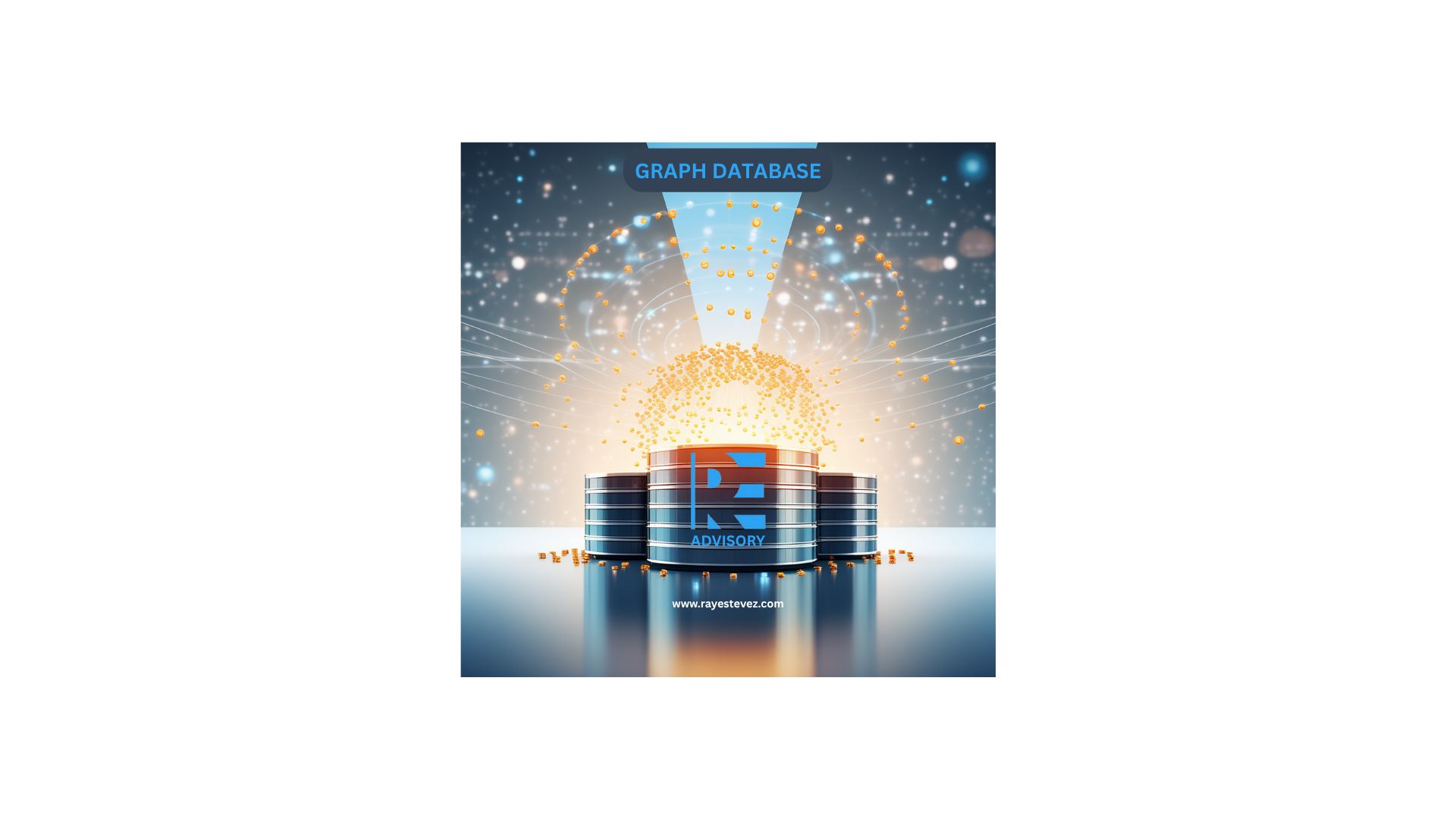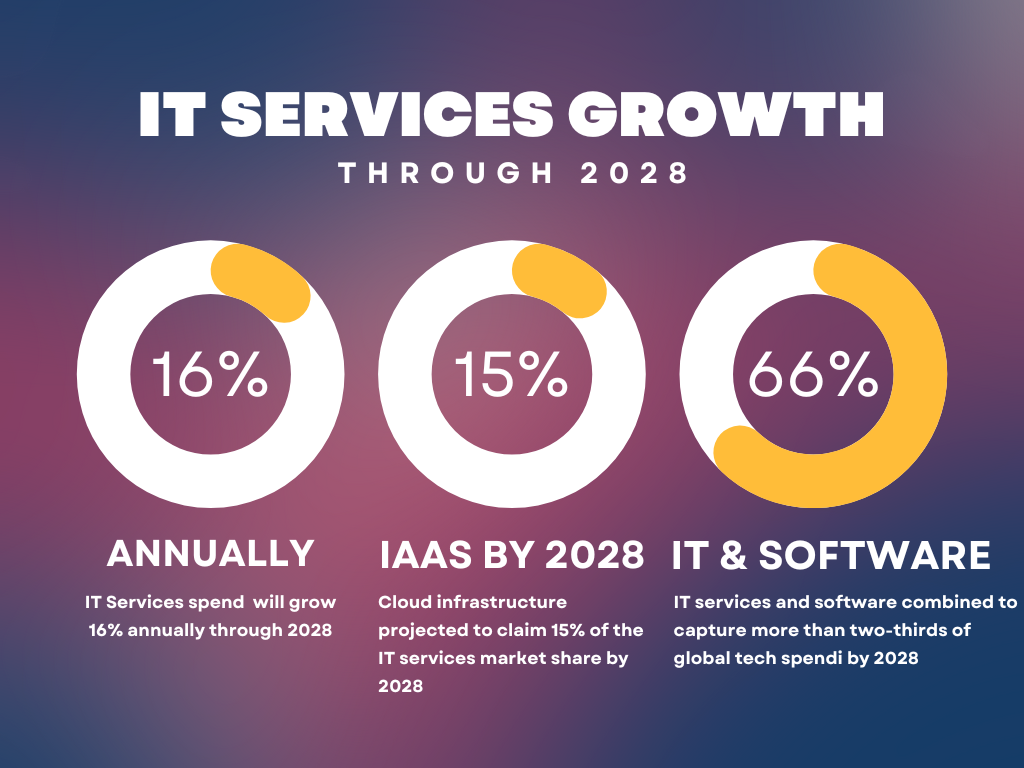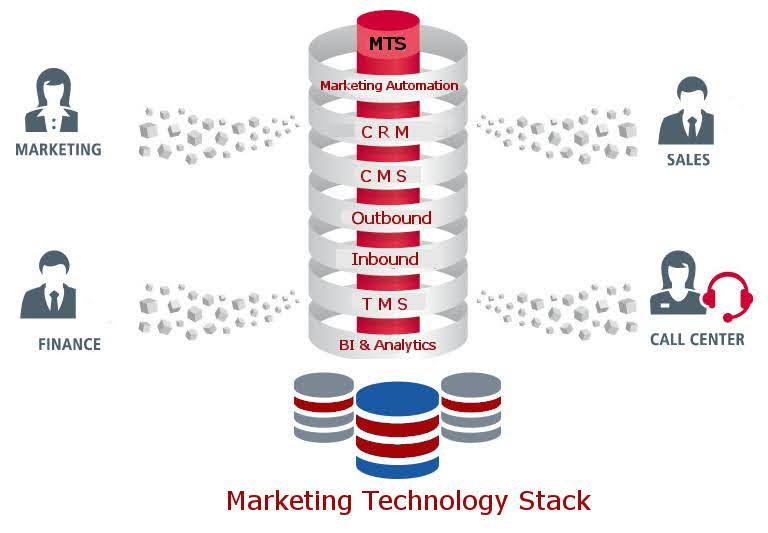Secure Access Service Edge (SASE) has emerged as a transformative technology. It blends wide area network (WAN) capabilities with robust security controls delivered through a cloud-based model. As businesses navigate the landscape of SASE solutions, it is important to understand the technology. In this article I will summarize and inform you on 3 key aspects: defining and evaluating a SASE solution, and comparing SASE versus SD-WAN.

What is SASE?
SASE is a revolutionary and secure WAN technology. It applies security directly at the connection source, enhancing the efficiency and security of network operations.
How to Evaluate a SASE Solution: 5 Key Factors
- Operational Simplicity:
- Focus on solutions that simplify IT operations rather than just technical features.
- Evaluate rapid turn-up, extensible licensing, policy flexibility, and user experience to gauge operational simplicity.
- Analytics, Visibility, and Telemetry:
- Choose a SASE solution that provides comprehensive analytics and visibility into user experience, network traffic, and security events.
- Ensure real-time insights for effective IT operations, security, and confidence in the SASE solution.
- Advanced & Robust Security Capabilities:
- Look for integrated security features covering a broad spectrum, such as CASB, DLP, SWG, remote browser isolation, NGFW, IDS/IPS, malware prevention, obfuscation and privacy, web filtering, DNS protection, and ZTNA.
- Emphasize a unified solution rather than disparate security products.
- Understand Your Use Cases:
- Tailor your evaluation to your specific needs, considering factors like supporting a hybrid workforce, multi-cloud access, IT compliance, and Zero Trust network access.
- User Experience:
- Prioritize SASE solutions offering a seamless, user-friendly experience across different devices, applications, and locations.
SASE vs. SD-WAN: An Overview
Businesses relied on Multiprotocol Label Switching (MPLS) for wide area network (WAN) connectivity. However, with the advent of cloud technologies and digital transformation, new solutions like SD-WAN and SASE have gained prominence.
SD-WAN:
- Utilizes software to control network connectivity, optimizing traffic, and lowering costs.
- Works by linking remote users and locations to the organization’s central secure network.
- Provides centralized control, automation, and efficient bandwidth use.
SASE:
- Launched in 2019, SASE combines network optimization with enhanced security layers.
- Connects all endpoints to the network edge, adding cloud-driven security functions.
- Uses technologies like CASB, FWaaS, and SWG to provide security as a cloud service.
Differences and Similarities Between SASE and SD-WAN
Similarities:
- Both use virtual overlay networks for automated routing and optimized traffic.
- Highly available across geographies and controllable from any location.
Differences:
- SD-WAN emphasizes a centralized approach, leveraging the organization’s data center, while SASE deploys through the cloud and various data centers.
- SD-WAN deals with traffic functions case by case, whereas SASE provides an overall solution by examining traffic comprehensively.
- SD-WAN’s security features are secondary, while SASE integrates a security-focused approach with network optimization.
Choosing Between SASE and SD-WAN:
While SASE and SD-WAN serve distinct purposes, some larger organizations adopt both solutions concurrently. SASE can complement SD-WAN, providing additional layers of security and efficiency. Choosing one over the other will depend on your specific needs, such as remote work requirements, size of infrastructure, and security priorities.
Is SASE the Future of SD-WAN?
I think SASE is the NOW. While SASE and SD-WAN may coexist in larger companies, the added security and cloud delivery of SASE, suggests it will replace SD-WAN..
Conclusion
Understanding SASE, evaluating and comparing it to SD-WAN are crucial steps for businesses who are exploring modern networking and security. As technology continues to evolve, staying informed and adapting to the changing landscape becomes paramount for making sound decisions.





